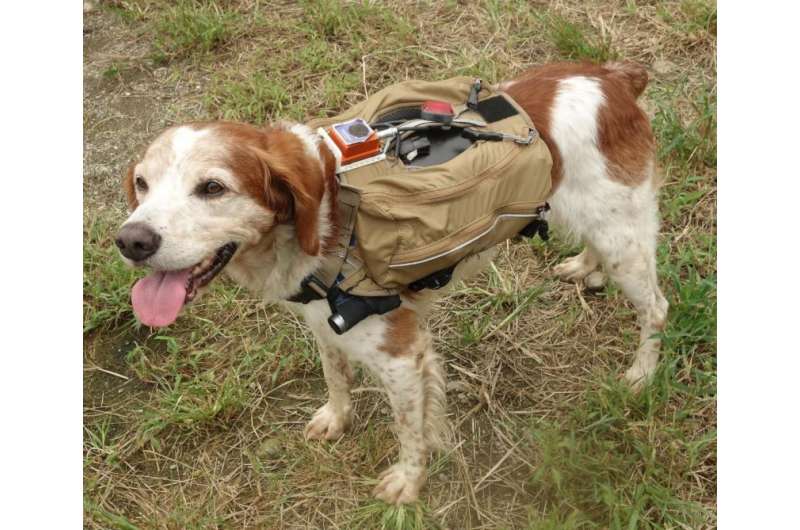Robo-dogs to the rescue

Scientists in Japan have developed a system using information technology to augment and enhance the capabilities of canine search and rescue (SAR) teams. Outfitted with special suits, these cyber-enhanced SAR dogs can transmit information about disaster sites and victims to their handlers and rescue workers.
The suits—which fit both large and middle-size SAR dogs—are equipped with GPS and IMU sensors which can track the dog's motions and location. There is also a camera that transmits what the dog is seeing. This is especially useful in assessing the condition of victims and accessing remote parts of disaster sites. Handlers and rescue workers can receive and map the information online using their computers or hand-held tablets.
The effectiveness of Canine SAR teams depends on the experience of the handlers and their ability to analyze and utilize information provided by their canine partners. It is hoped that the cyber-enhanced canine suits will promote a new field integrating human, animal and robot technologies.
Provided by Tohoku University





















